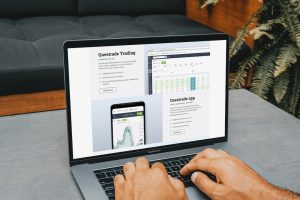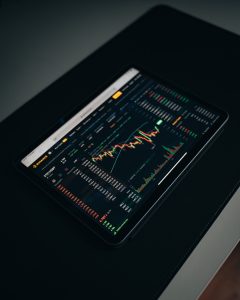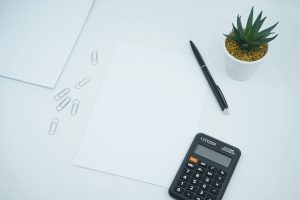Forex trading is an exciting and potentially lucrative activity, but it can also be risky. One of the most important factors to consider when trading Forex is leverage. Leverage is the amount of borrowed money that a trader can use to increase the size of their trades. In this article, we will explore what leverage is, how it works, and how to determine the right leverage for your trading strategy.
What is Leverage?
Leverage is a tool that allows traders to trade with more money than they actually have. For example, if a trader has $1,000 in their trading account and they use 100:1 leverage, they can trade with $100,000. This means that even small movements in the market can result in large profits or losses.
Leverage is expressed as a ratio, such as 50:1, 100:1, or 500:1. The higher the ratio, the more leverage a trader has. However, the higher the leverage, the greater the risk of loss. Leverage is a double-edged sword – it can amplify gains, but it can also amplify losses.
How Does Leverage Work?
To understand how leverage works, let’s take a look at an example. Suppose you want to buy 1,000 units of EUR/USD at a price of 1.2000. Without leverage, you would need $1,200 to make the trade (1,000 units x 1.2000). However, with 100:1 leverage, you only need $12 to make the same trade (1,000 units x 1.2000 / 100).
If the price of EUR/USD rises to 1.2100, your trade would be worth $1,210. Without leverage, you would have made a profit of $10 (1,210 – 1,200). However, with 100:1 leverage, you would have made a profit of $1,000 (1,210 – 1,200 x 100).
On the other hand, if the price of EUR/USD falls to 1.1900, your trade would be worth $1,190. Without leverage, you would have lost $10 (1,200 – 1,190). However, with 100:1 leverage, you would have lost $1,000 (1,200 – 1,190 x 100).
As you can see, leverage can magnify both profits and losses. This is why it is important to use leverage wisely and to have a solid risk management strategy in place.
How to Determine the Right Leverage
The right leverage for your trading strategy depends on several factors, including your risk tolerance, trading style, and account size. Here are some tips to help you determine the right leverage for your needs:
1. Understand Your Risk Tolerance
Before you start trading with leverage, it is important to understand your risk tolerance. How much risk are you willing to take on? How much are you willing to lose? If you have a low risk tolerance, you may want to use lower leverage. If you have a higher risk tolerance, you may be comfortable with higher leverage.
2. Consider Your Trading Style
Your trading style can also influence the right leverage for your needs. If you are a day trader who makes lots of trades in a short period of time, you may want to use lower leverage to reduce your risk. If you are a swing trader who holds positions for several days or weeks, you may be comfortable with higher leverage.
3. Evaluate Your Account Size
Your account size can also impact the right leverage for your needs. If you have a small account, you may want to use higher leverage to make larger trades. However, this also increases your risk of loss. If you have a larger account, you may be comfortable with lower leverage.
4. Use a Demo Account
Before you start trading with real money, it is a good idea to use a demo account to test different leverage levels and see how they impact your trading performance. This will help you determine the right leverage for your trading strategy.
Conclusion
Leverage is a powerful tool that can amplify both profits and losses. It is important to use leverage wisely and to have a solid risk management strategy in place. By understanding your risk tolerance, trading style, and account size, you can determine the right leverage for your needs. Remember to always test different leverage levels on a demo account before trading with real money.





